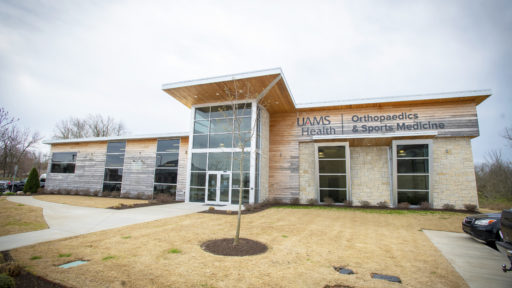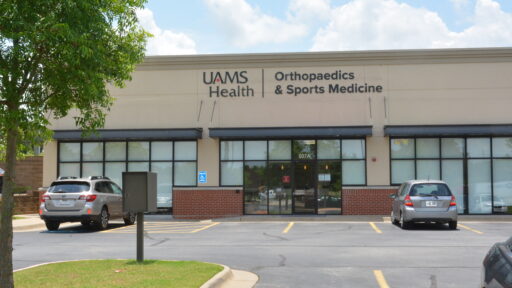Your hip is the joint where your femur (thigh bone) meets your pelvis (hip bone). There are two main parts: a ball at the end of the femur, which fits in a socket in the pelvis. Your hip is known as a ball-and-socket joint. This is because you have a ball at the end of your femur, and it fits into a socket in your pelvis. This makes your hips very stable and allows for a wide range of motion. When they are healthy, it takes great force to hurt them. However, playing sports, running, overuse, or falling can sometimes lead to hip injuries such as:
- Strains
- Bursitis
- Dislocations
- Fractures (broken bones)
Certain diseases also lead to hip injuries or problems. Osteoarthritis can cause pain and limited motion. Osteoporosis of the hip causes weak bones that break easily. Both of these are common in older people.
Another problem is hip dysplasia, where the ball at the end of the femur is loose in the hip socket. It can cause hip dislocation. Babies who have hip dysplasia are usually born with it, but sometimes they develop it later.
Treatment for hip disorders may include rest, medicines, physical therapy, or surgery, including hip replacement.
Courtesy of MedlinePlus from the National Library of Medicine.
Syndicated Content Details:
Source URL: https://medlineplus.gov/hipinjuriesanddisorders.html?utm_source=mplusconnect&utm_medium=service
Source Agency: National Library of Medicine
Pain
Pain is a signal in your nervous system that something may be wrong. It is an unpleasant feeling, such as a prick, tingle, sting, burn, or ache. Pain may be sharp or dull. It may come and go, or it may be constant. You may feel pain in one area of your body, such as your back, abdomen, chest, pelvis, or you may feel pain all over.
Pain can be helpful in diagnosing a problem. If you never felt pain, you might seriously hurt yourself without knowing it, or you might not realize you have a medical problem that needs treatment.
There are two types of pain: acute and chronic. Acute pain usually comes on suddenly, because of a disease, injury, or inflammation. It can often be diagnosed and treated. It usually goes away, though sometimes it can turn into chronic pain. Chronic pain lasts for a long time, and can cause severe problems.
Pain is not always curable, but there are many ways to treat it. Treatment depends on the cause and type of pain. There are drug treatments, including pain relievers. There are also non-drug treatments, such as acupuncture, physical therapy, and sometimes surgery.
NIH: National Institute of Neurological Disorders and Stroke
Courtesy of MedlinePlus from the National Library of Medicine.
Syndicated Content Details:
Source URL: https://medlineplus.gov/pain.html?utm_source=mplusconnect&utm_medium=service
Source Agency: National Library of Medicine























